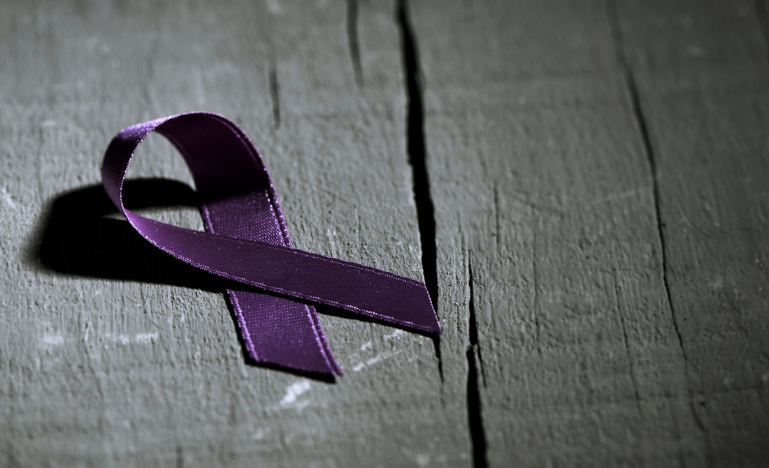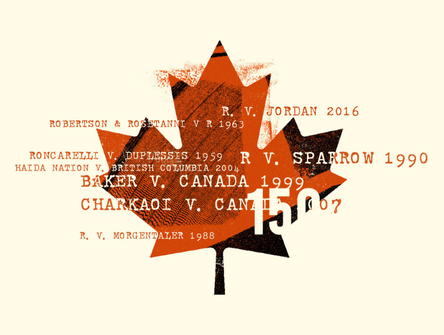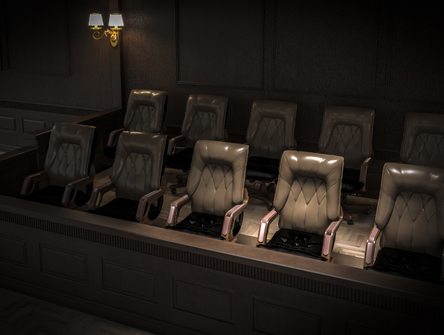Calls for a gender-based violence commissioner in Canada
LEAF report highlights need for robust national accountability framework given devastating lack of progress on ending 'neglected epidemic'

A new report is calling for the creation of a gender-based violence commissioner in Canada to help address what it calls a “neglected epidemic.”
It lays out the rationale for a commissioner, saying GBV “is perhaps the most widespread and socially tolerated of human rights violations.”
Released by the Women’s Legal Education and Action Fund (LEAF), the report sets out a roadmap for creating a new commissioner with the independence, powers, and ability to help push systemic change within government and the community.
The genesis of the role traces back for decades, most notably in 1993 from the Canadian Panel on Violence Against Women and the recommendations from the National Inquiry into Missing and Murdered Indigenous Women and Girls.
More recently, it draws on recommendation V.17 from the Mass Casualty Commission’s final report in March 2023. In examining the events that led to the death of 22 people, including a pregnant woman in Nova Scotia in 2020, the Commission found that the link to gender-based violence was hiding in plain sight.
LEAF participated in the Commission and had status there.
“We were very interested in that mass casualty as being explored and understood as being grounded in gender-based violence,” says Pam Hrick, LEAF’s executive director.
“When we saw the outcome recommendation to establish a gender-based violence commissioner in order to obtain greater accountability for acting rather than simply sitting on recommendations, that was something where we thought we could use our expertise to help build out a structure and recommendations to move forward with that aspect of the Commission’s work.”
The report calls for the commissioner to have the full range of powers of a federal ombuds role and complete independence, selected through an open call for a minimum five-year term and the option to renew only once.
As a federal ombuds, the commissioner would need clear constitutional parameters to operate within federal areas and to address legal issues related to criminal, Indigenous, immigration, and refugee matters.
The commissioner’s proposed mandate would be to use an internationally recognized, intersectional definition of GBV and to employ an expansive approach to accountability that would see affected communities as the aggregate source of expertise, nuanced data collection, and best practices.
Data is critical, as the report notes that the dearth of statistical information specific to GBV and femicide is deadly in and of itself. However, what is known is this:
- Intimate partner violence is the most common form of violence against women reported to police in Canada, with eight in 10 victims being women and girls.
- Between 2011 and 2021, police reported 1,125 gender-related homicides of women and girls in Canada: 66 per cent were perpetrated by an intimate partner, 28 per cent by a family member, five per cent by a friend or acquaintance and one per cent by a stranger.
- The killing of women and girls involving male accused in Canada increased by 27 percent in 2022.At least one woman or girl is killed by violence every two days in Canada.
- The World Health Organization has declared violence against women a human rights and public health crisis of pandemic proportions.
Dr. Amanda Dale, an international human rights scholar and activist specializing in gender-based violence, access to justice, and women's international human rights, authored the LEAF report. She acknowledges that much of the work around GBV happens at the provincial and municipal level, but sees a definite federal role for the commissioner.
“You can be the place that brings together the other levels of government, and the focus that they are already doing it, and amplifying their work,” says Dale, a fellow at the University of Ottawa’s Human Rights Research and Education Centre.
“One of the things that happens in the federal system sometimes is that things happening in provinces or municipalities aren’t getting the oxygen they need to be examples of how good work gets done.”
To that end, Dale says that even if direct action is restricted to areas outside federal jurisdiction, the commissioner could still have conversations and build strong relationships to create a better environment for everyone to work more collaboratively.
As for the office’s accountability role, Dale says the vision is that in addition to reporting to Parliament, the work would need to be grounded in communities suffering from particular social problems.
“That accountability, advisory committee, or however you want to call it, can be rotating according to the waves of work being done,” she says.
“That way, you don’t get a stagnant circle of people where you already know what they’re going to say. You’re getting a more nuanced and nimble understanding of what is happening in the communities you are trying to reach and make change.”
Dale says that while the office should eventually conduct investigations, they should not happen out of the gate, as they’re resource-intensive and could consume the staff’s time. Holding off on them would allow time to get the office up and running, putting an initial focus on engagement, monitoring, collaboration, and familiarization with the landscape.
While working on the report, Dale engaged with the GBV commissioner offices in Australia and the UK. While Australia’s office is too new to have had enough tangible results, the UK’s office was very keen to engage.
“I learned from them that even with a lesser degree of independence, the right person in the role can really ignite a coalescence around solving this problem,” Dale says.
“They need to be able to keep enough relationships open with a number of different ministries, and even in the UK’s very heated, cut-throat and partisan Parliament, she’s been able to do that.”
Talking with the UK also drove home the importance of having staff in the office who have worked in government and understand the “secret language” that’s often spoken. While the UK’s commissioner was from the GBV sector, her chief of staff had the government background to understand how it works.
There are, nevertheless, barriers to acting on the recommendation to build such an office, which can include political inertia.
“How do we overcome the complacency that this is just how life is,” Dale asks.
“My mother’s generation was told this is just women’s lot. Then we went through a period where we went, ‘No, it’s not!’ Now we’re at, ‘Yeah, I’ve heard about this already,’ or ‘Didn’t the shelter system solve this?’ We’ve never taken a bigger view and looked back at what we have done over the last 40 years and what’s worked and what hasn’t.”
She says the big barrier is the fact that GBV is in the background of everyone’s life. It’s exhausting to think about, and it’s painful because it requires reckoning with our relationships with other people. That’s why there needs to be enough agreement across party lines to move it forward.
Hrick says that LEAF is engaging with ministers’ offices, MPs, and senators to obtain concrete commitments to establishing the commissioner.
“We’re very hopeful that even if it’s not something that is achieved in this Parliament, it’s something that each party will commit to as part of their platforms whenever the election happens.”
She’d like legislation passed as soon as possible to establish the commissioner’s office with the necessary resources. She also hopes for support in pushing for the position from a broad base within the community, including the legal community.
The report is part of LEAF’s Accountability Project, which examined how to hold governments accountable for taking steps to end GBV in Canada and was supported by the Canadian Bar Association’s Law for the Future Fund.


